https://scholar.google.com/citations?user=1y0vv1wAAAAJ&hl=en
A Fourier Space Perspective on Diffusion Models
https://arxiv.org/abs/2505.11278
A Fourier Space Perspective on Diffusion Models
https://arxiv.org/abs/2505.11278
youtu.be/MeEcxh9St24
youtu.be/MeEcxh9St24
iclr-blogposts.github.io/2025/blog/sp...

iclr-blogposts.github.io/2025/blog/sp...
martinfowler.com/articles/dee...

martinfowler.com/articles/dee...
Blog: hkunlp.github.io/blog/2025/dr...
Blog: hkunlp.github.io/blog/2025/dr...
Pairs well with the PaperILiked last week -- another good bridge between RL and control theory.
PDF: arxiv.org/abs/1806.09460
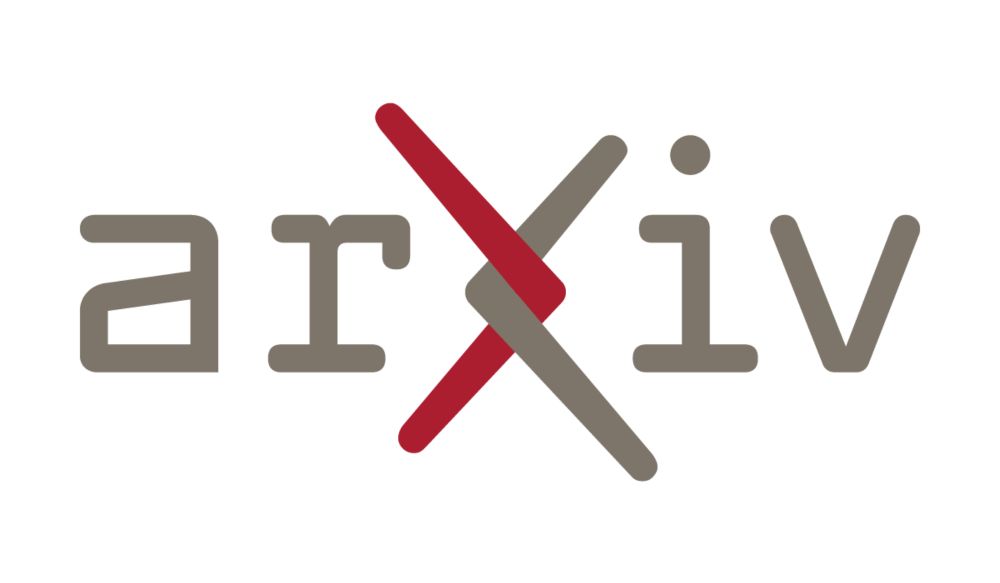
Pairs well with the PaperILiked last week -- another good bridge between RL and control theory.
PDF: arxiv.org/abs/1806.09460
I provide a grounding going from Classical Planning & Simulations -> RL Control -> LLMs and how to put it all together
pearls-lab.github.io/ai-agents-co...

I provide a grounding going from Classical Planning & Simulations -> RL Control -> LLMs and how to put it all together
pearls-lab.github.io/ai-agents-co...
If you know 1 of {RL, controls} and want to understand the other, this is a good starting point.
PDF: arxiv.org/abs/2406.00592

If you know 1 of {RL, controls} and want to understand the other, this is a good starting point.
PDF: arxiv.org/abs/2406.00592
I show many (boomer) ML algorithms with working implementation to prevent the black box effect.
Everything is done in notebooks so that students can play with the algorithms.
Book-ish pdf export: davidpicard.github.io/pdf/poly.pdf
I show many (boomer) ML algorithms with working implementation to prevent the black box effect.
Everything is done in notebooks so that students can play with the algorithms.
Book-ish pdf export: davidpicard.github.io/pdf/poly.pdf
@bernhard-jaeger.bsky.social
www.nowpublishers.com/article/Deta...
arxiv.org/abs/2312.08365

@bernhard-jaeger.bsky.social
www.nowpublishers.com/article/Deta...
arxiv.org/abs/2312.08365
sakana.ai/ai-cuda-engi...
The AI CUDA Engineer can produce highly optimized CUDA kernels, reaching 10-100x speedup over common machine learning operations in PyTorch.
Examples:
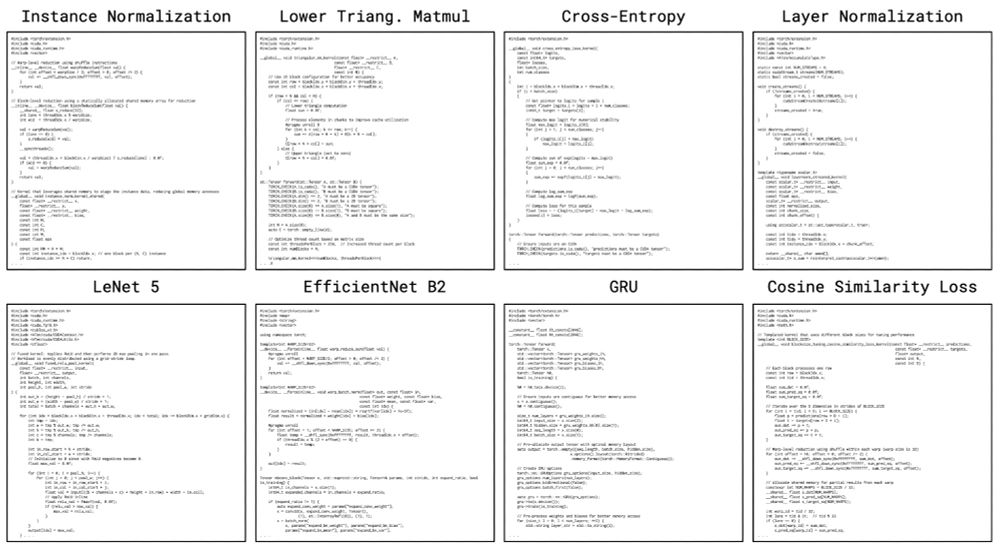
sakana.ai/ai-cuda-engi...
The AI CUDA Engineer can produce highly optimized CUDA kernels, reaching 10-100x speedup over common machine learning operations in PyTorch.
Examples:
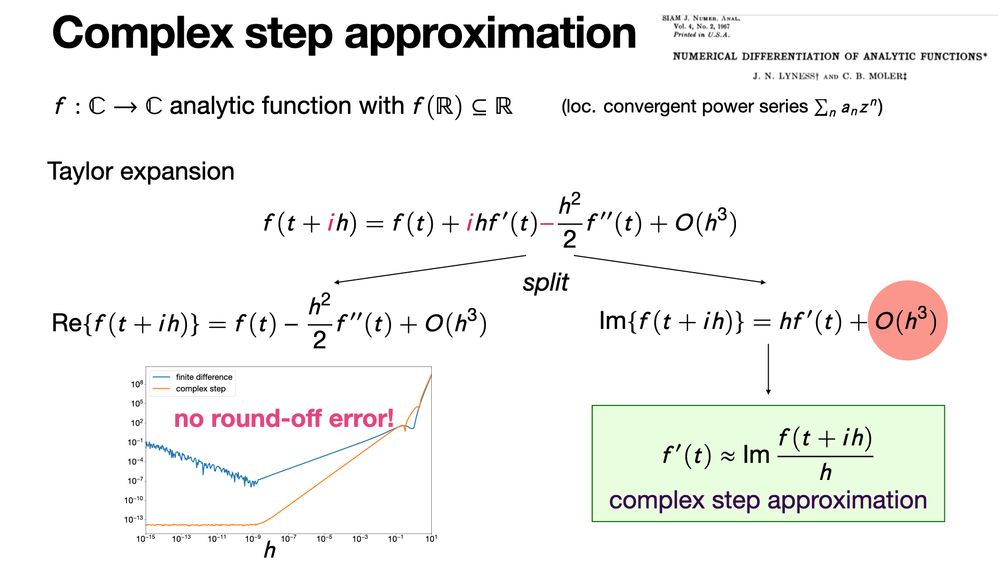
Quantum Neural Networks for Cloud Cover Parameterizations in Climate Models
https://arxiv.org/abs/2502.10131
Quantum Neural Networks for Cloud Cover Parameterizations in Climate Models
https://arxiv.org/abs/2502.10131
Implementation and Analysis of Regev's Quantum Factorization Algorithm
https://arxiv.org/abs/2502.09772
Implementation and Analysis of Regev's Quantum Factorization Algorithm
https://arxiv.org/abs/2502.09772
kempnerinstitute.harvard.edu/news/what-el...
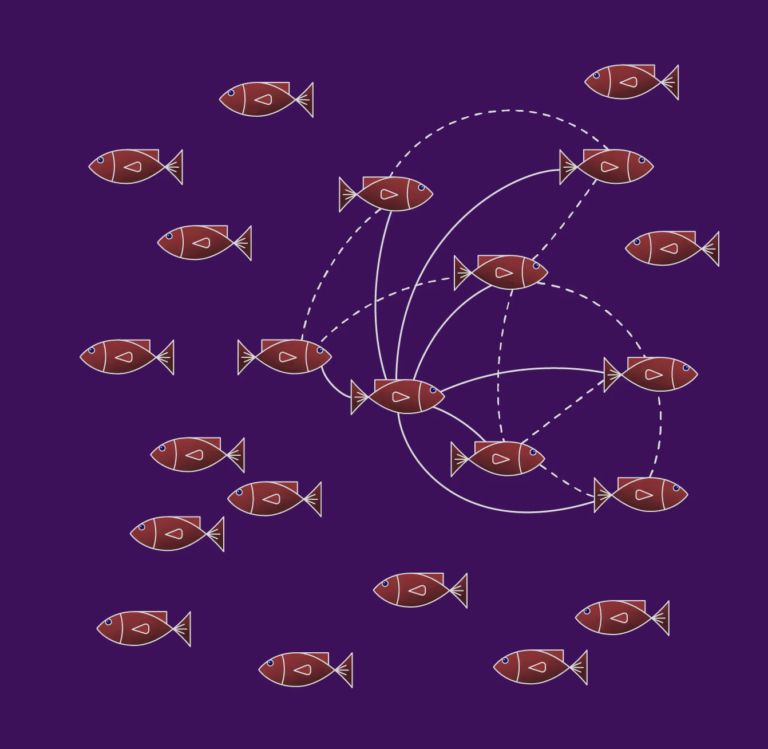
kempnerinstitute.harvard.edu/news/what-el...
We performed the largest-ever comparison of these algorithms.
We find that they do not outperform generic policy gradient methods, such as PPO.
arxiv.org/abs/2502.08938
1/N




We performed the largest-ever comparison of these algorithms.
We find that they do not outperform generic policy gradient methods, such as PPO.
arxiv.org/abs/2502.08938
1/N
Check out SCION: a new optimizer that adapts to the geometry of your problem using norm-constrained linear minimization oracles (LMOs): 🧵👇

Check out SCION: a new optimizer that adapts to the geometry of your problem using norm-constrained linear minimization oracles (LMOs): 🧵👇
pretty inspiring to me -- network isn't converging? rigorously monitor every term in your loss to identify where in the architecture something is going wrong!

pretty inspiring to me -- network isn't converging? rigorously monitor every term in your loss to identify where in the architecture something is going wrong!
arxiv.org/abs/2406.08636
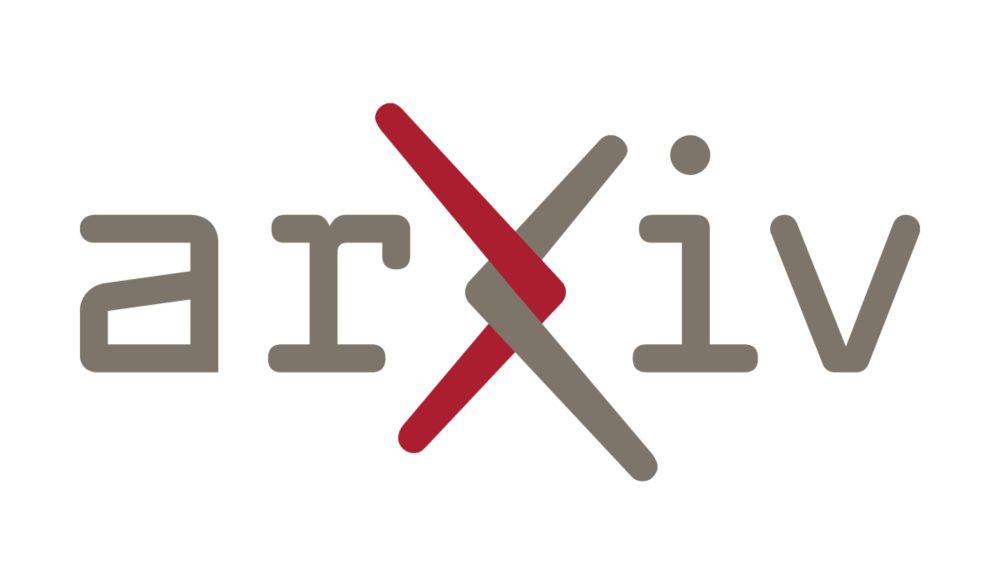
arxiv.org/abs/2406.08636
www.nature.com/articles/s41...
www.nature.com/articles/s41...
It's a little hard to reason about what this does to the objective. 1/
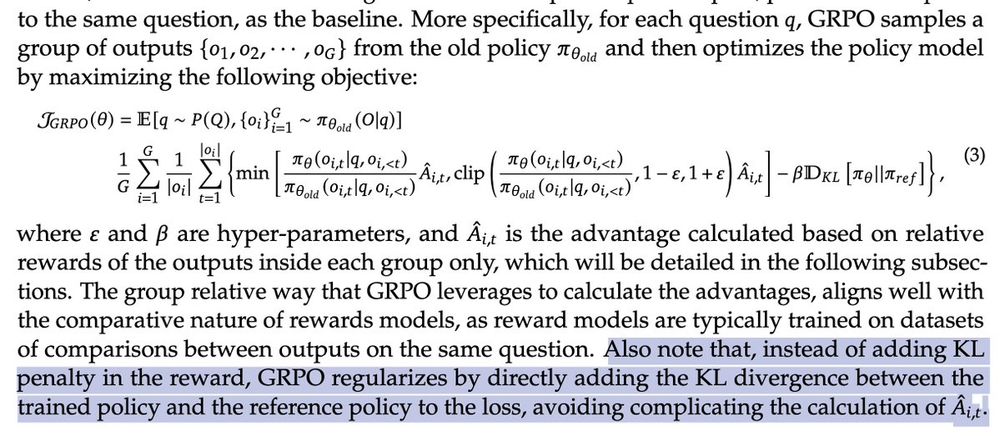
It's a little hard to reason about what this does to the objective. 1/
Sharing my notes and thoughts here 🧵
Sharing my notes and thoughts here 🧵
Visual experience orthogonalizes visual cortical responses
Training in a visual task changes V1 tuning curves in odd ways. This effect is explained by a simple convex transformation. It orthogonalizes the population, making it easier to decode.
10.1016/j.celrep.2025.115235
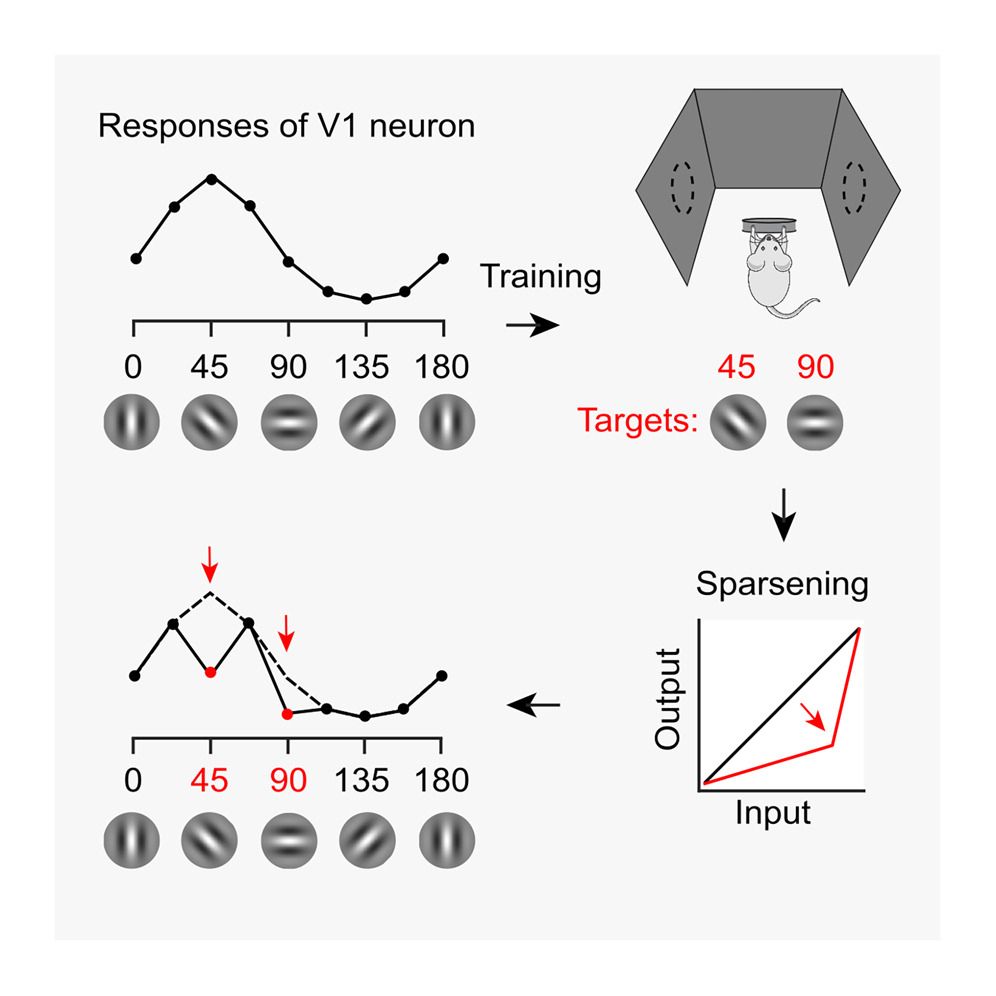
Visual experience orthogonalizes visual cortical responses
Training in a visual task changes V1 tuning curves in odd ways. This effect is explained by a simple convex transformation. It orthogonalizes the population, making it easier to decode.
10.1016/j.celrep.2025.115235

